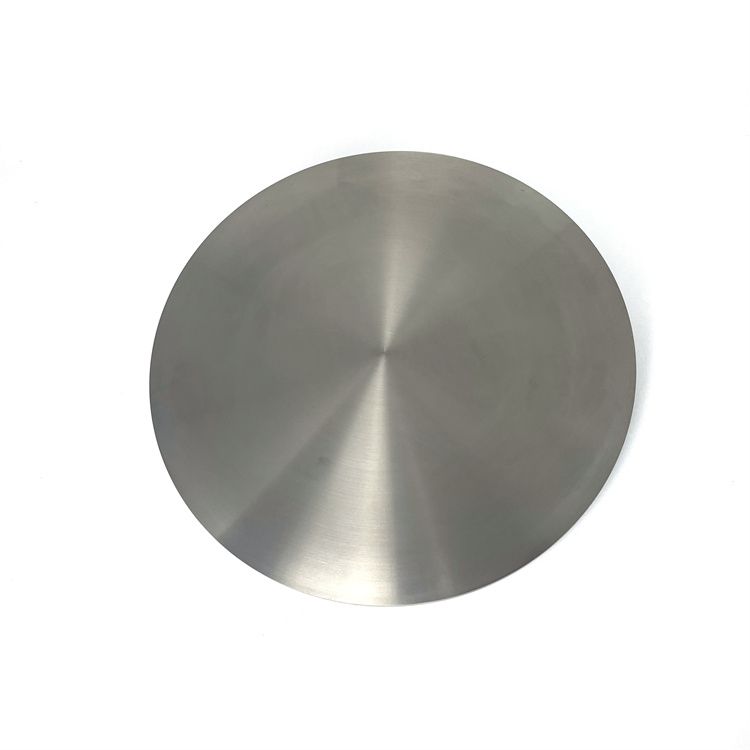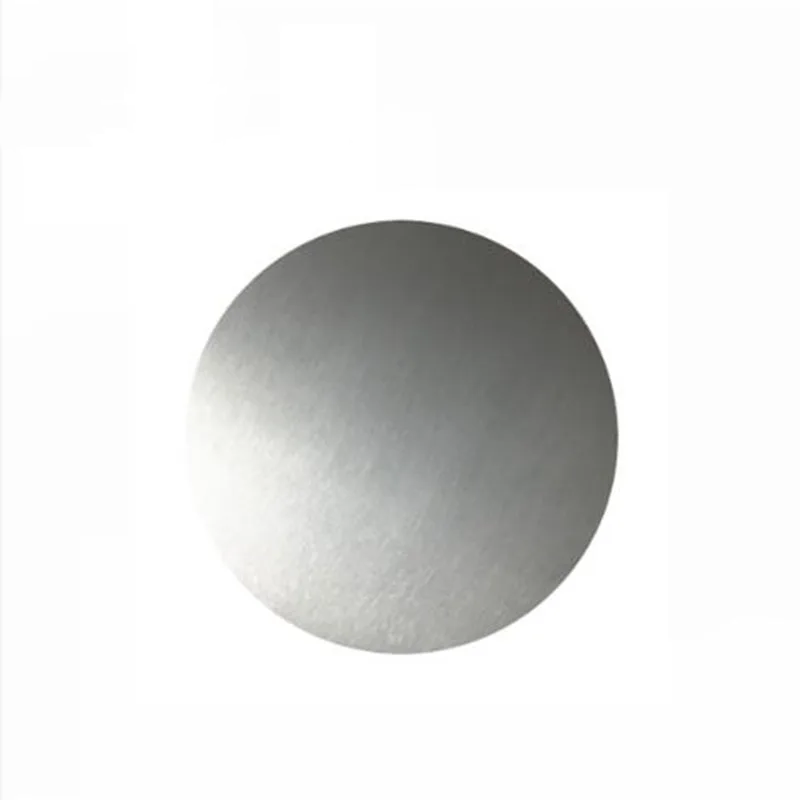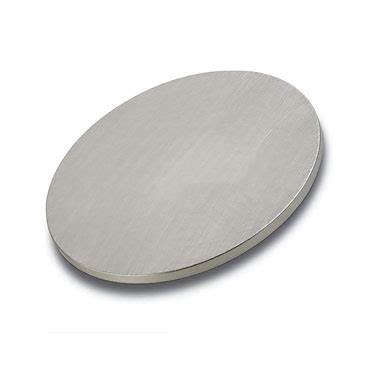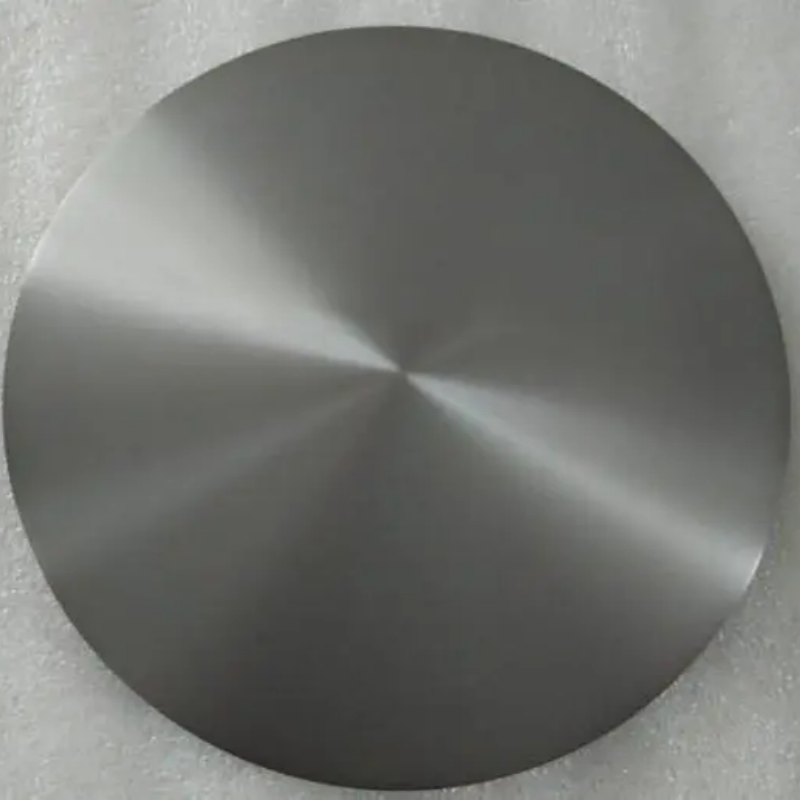Lead selenide (PbSe) lump is a high-purity semiconductor material known for its superior infrared detection, thermoelectric properties, and electronic conductivity. It is widely used in infrared sensors, optoelectronic devices, quantum dot applications, and advanced material research. Due to its unique characteristics, lead selenide plays a crucial role in precision electronics, aerospace technology, and specialized engineering solutions.
Product Description
Lead Selenide (PbSe) is a compound of lead and selenium with the chemical formula PbSe, featuring a cubic crystal structure with NaCl-type symmetry. It has a melting point of 1078°C, a molecular weight of 286.16, and a density of 8.1g/cm³. Lead Selenide has a direct band gap of 0.27 eV at room temperature, making it an important semiconductor material. It can be synthesized through the reaction of urea and lead acetate in the presence of ammonium or potassium tri-iodide. PbSe is widely used in electronic devices and semiconductor applications.
Product Features
- High purity (4N) ensures stable semiconductor performance.
- Lump form, suitable for semiconductor material research and applications.
- Excellent chemical stability, suitable for use in industrial environments.
- Custom sizes and specifications available upon request.
Applications
- Semiconductor Materials: Lead Selenide is widely used in the production of semiconductor devices, especially in infrared detection and other optoelectronic applications.
- Electronic Devices: As an essential semiconductor material, PbSe is used in the manufacturing and development of electronic devices.
- Infrared Technology: Due to its direct band gap, PbSe is widely applied in infrared detectors and other optoelectronic equipment.
- Chemical Research: As a chemical compound, Lead Selenide also plays an important role in chemical and materials research.
| Element | Measured Value | Standard Value | Unit | Element | Measured Value | Standard Value | Unit | Element | Measured Value | Standard Value | Unit |
| Li | Zn | ≤5 | ppm | Pb | Matrix | wt% | |||||
| B | Ga | Bi | ≤5 | ppm | |||||||
| F | Ge | Y | |||||||||
| Na | As | Th | |||||||||
| Mg | ≤5 | ppm | Se | Matrix | wt% | Er | |||||
| Al | ≤5 | ppm | Zr | Ru | |||||||
| Si | ≤5 | ppm | Nb | Rh | |||||||
| P | Mo | Os | |||||||||
| Cl | Pd | Cd | |||||||||
| K | Ag | ≤5 | ppm | In | |||||||
| Ca | Sn | ||||||||||
| Ti | Sb | ≤5 | ppm | ||||||||
| V | Ba | ||||||||||
| Cr | Hf | ||||||||||
| Mn | Ta | C | |||||||||
| Fe | ≤5 | ppm | W | S | ≤5 | ppm | |||||
| Co | Pt | O | |||||||||
| Ni | Au | N | |||||||||
| Cu | ≤5 | ppm | Hg | H |
Submit Your RequirementsWe will contact you within 24 hours.
 WOBO Scientific Research New Materials One-Stop Service Platform
WOBO Scientific Research New Materials One-Stop Service Platform











